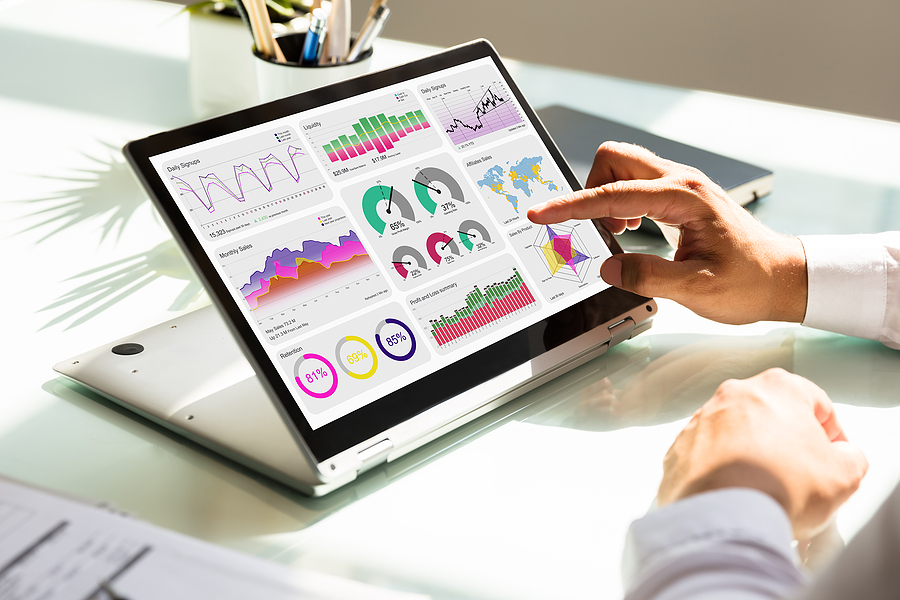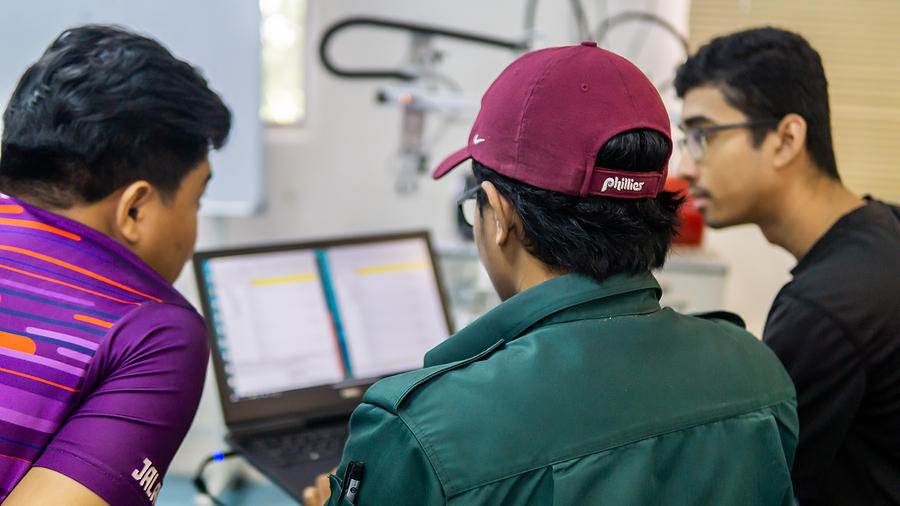The management of a company’s employees is a complicated task. Without a specific management tool, it becomes more and more difficult for an organization to carry out this mission. Fortunately, nowadays, human resource systems are available as connected software solutions and can be accessed securely by employees through the corporate network.
This has significantly reduced barriers to adoption. However, many companies still manage their workforce with a random spreadsheet system, documents, etc.
Read on to discover the benefits of having human resource software.
1. Centralization of employee information:

Contact details, contracts, authorizations, training certificates, interview reports, there is a great deal of information that has to be stored for each employee. By centralizing all employee information in the same place, HRIS software facilitates proper monitoring of employees and securing their data.
2. Management based on measurable KPIs:

More and more HR managers are convinced that trusting their instincts is not a good idea. By using HRM software, you no longer base your management on intuition, but on tangible KPIs. Consider, for example, the average cost per recruit. And this, in real-time. HR Analytics records the slightest change so that you can anticipate quickly.
3. An easy access portal for your staff:

HRIS software offers secure access for each employee, allowing them to consult and manage various information in complete autonomy. Employees can consult their hour and leave counters, show their training wishes, submit a leave request, or follow the progress of their expense claims reimbursements, and this at any time without disturbing the HR Manager. This results in considerable time savings for your entire organization!
4. Better work experience for your employees:

Multi-devices, remotely accessible, collaborative, modern HR solutions present methods to unlock your workforce potential. Take your Sunday vacation with your family, be informed in real-time of a change in planning to organize yourself accordingly, or badge remotely on your smartphone as part of teleworking. Many HRM options bring working comfort to daily life and allow a better work / personal life balance. The software is put at the service of the employee-supervisor relationship with internal collaborative messaging, transparent validation processes, or participatory surveys.
5. Increased productivity through task automation:

Today, HR management tools have a real impact on the performance of companies. They make it possible to automate and make processes more reliable, such as the management of recruitments or the integration of new employees (onboarding), or to quickly carry out time-consuming calculations (monitoring of activity times, counts, etc.). Time saving, reliability, and centralization of information: all are key assets for the efficiency of an organization.
6. Better supervision of company’s practices:

The complex legislation, labor law, internal rules, advanced HRIS software integrates these constraints to assist managers: sending alerts in the event of overtime. Also, some of the software blocks a planning action that does not respect sufficient rest time, etc. . It’s a relief for managers to know that they have a safeguard to prevent them from putting the company at risk from a regulatory point of view, and also to avoid unfair treatment of their employees. In this respect, the HR software contributes to creating a positive working atmosphere.
7. Reduced cost:

Aside from the less tangible costs, such as efficiency or productivity, a good HR system will save you real money. A typical benchmark for the number of HR employees working full-time for a company is 1 HR professional per 100 employees. With some software solutions, this ratio is around 1 HR professional for 140 employees, which means that a company with 280 employees requires a full-time employee to manage their workforce data, which reduces their annual costs of several tens of thousands of pounds.
8. Personnel data is stored in the cloud:

Many HR managers are wary of storing data in the cloud because they fear hackers will use their company’s confidential data for fraudulent purposes. While it is impossible to rule out such facts, the risk is still extremely low. Besides, all data in the cloud is encrypted to prevent it from being used by unauthorized persons. Hackers will, therefore, hardly be able to exploit them. In fact, an on-site system is not completely safe either. In the event of a failure, the risk of data loss is high. And this loss is much more expensive and less flexible than cloud software.
9. Alignment between training and performance:

L&D professionals and operational managers can work together to bring in-company training exactly where it is needed. Thanks to the quality of the data available, managers can understand the weaknesses of each person’s performance, and intervene by giving the right support, even at the training level.
10. Facilitate human resource management:

Indeed, from the manager’s point of view, the advantages are numerous. The new tool will be able to monitor the achievement of the objectives set for each member of the team. Thanks to a more precise follow-up, the manager will identify the drifts more quickly and intervene more quickly.
HRMS can also free a manager from specific administrative tasks by allowing him to devote himself to other, more important projects. Centralization of data will help the manager to make decisions. His relationship with his subordinates (who can be stimulated and rewarded) will improve, while his team management will improve.

